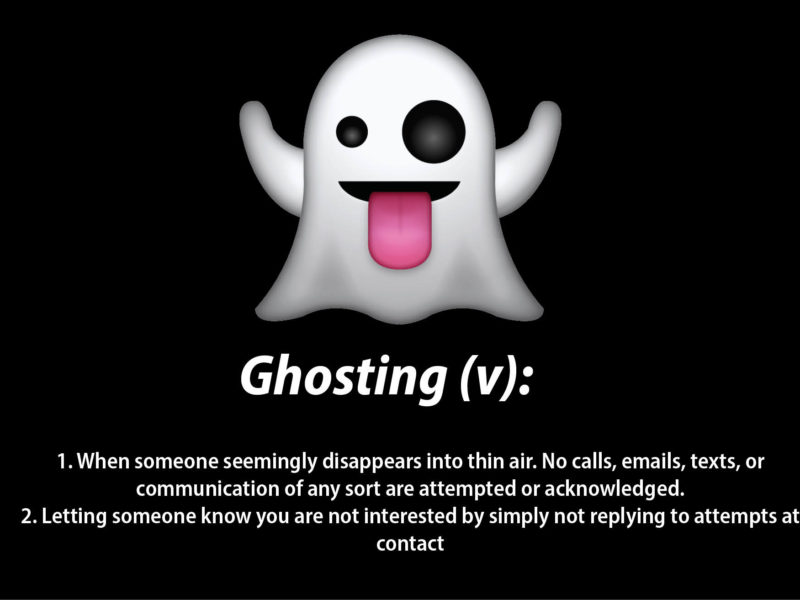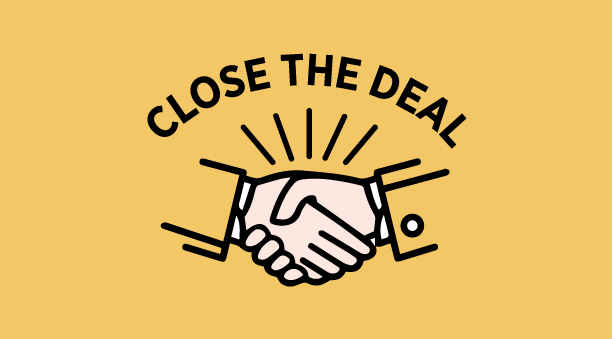Yes, No, Maybe, or Something Else
When you ask questions and apply deductive logic, a yes means “yes”, no means “no” and maybe means “no” at this moment. It may turn into a yes later but that doesn’t help you now, today. When you are interviewing for a job or you haven’t yet reached the interview process, and you’re still just looking for opportunities, it’s the same. If you need a job today a “yes” would be nice, “no” is a bummer and a “maybe” is just plain frustrating. I suggest you might get more traction by asking the same questions, regardless of what they are, with a little better forethought.
There are five basic types of questions: Factual, Convergent, Divergent, Evaluative and Combination. But let’s simplify it and, for our purposes, I’m only concerned with close-ended questions and open-ended questions. Consciously knowing the difference and learning when to use one or another can help you, regardless of whether you are being asked, or you are the one asking the questions.
A close-ended question is one that elicits a simple yes or no answer. If you ask a lot of close-ended questions you will not get a lot of information and the conversation will not go far. By the very nature of this kind of question, it’s not meant to. When you watch television and see a courtroom drama, you will notice a lawyer will ask someone on the witness stand a close-ended question when they might say “Did you or did you not see who killed your neighbor?” The intention is to limit the witness’ response to a yes or no and cutting off and preventing any discussion. He doesn’t want details and the lawyer has steered the question and answer process to serve his intention.
Open-ended questions require an explanation. Open-ended questions are like the name says: they are open-ended requiring explanation that will help to gain more insight or better understanding. Let’s say for example, I want to engage a person in conversation who has no real reason to speak with me, and I ask, “Are you interested in considering a new job opportunity?” Their reply is possibly going to be “no”. That was a close-ended question. If I wanted to learn more about him, I might have instead inquired, “Tell me what kind of job would appeal to you?” That was an open-ended question requiring a more thoughtful response resulting in more information.
Determine, according to what will benefit you most, when to employ an open-ended or a close-ended question. When you want a black and white answer or a clear decision ask a close-ended question. When you want to keep the dialogue alive and extract more information, with which to make a better decision and prove yourself worthy of another interview, ask engaging open-ended questions. Conversely, learn to recognize when these methods are being used on you – and trust me, they are. A weak-minded or passive person might call these strategies manipulative, while I would disagree and simply call it an interactive and equitable conversational style. Interviews are never meant to be, nor should they be, one-sided. But it takes two people fully engaged to have an interactive and two-way dialogue. I am not exaggerating when I say most people with whom you are competing in the job market are like zombies, simply going through the motions. When sitting in front of a hiring official, their behavior is almost entirely reactive. I can assure you it doesn’t take much to set yourself apart from others, and it’s much easier than you think to make real impact. In the end they may not choose you, as there are never any guarantees but, take some initiative so when you walk out that door, unlike most others who’ll be forgotten five minutes later, you’ll have made an impact they’ll remember.



